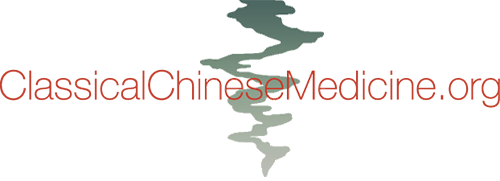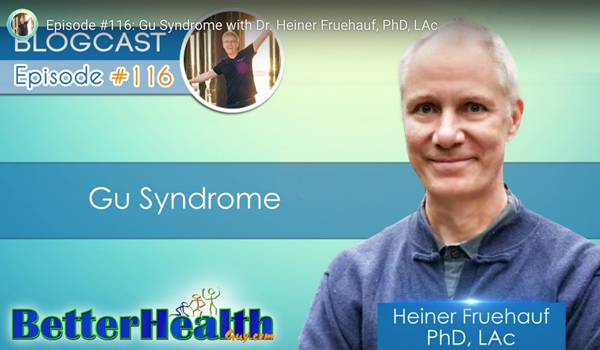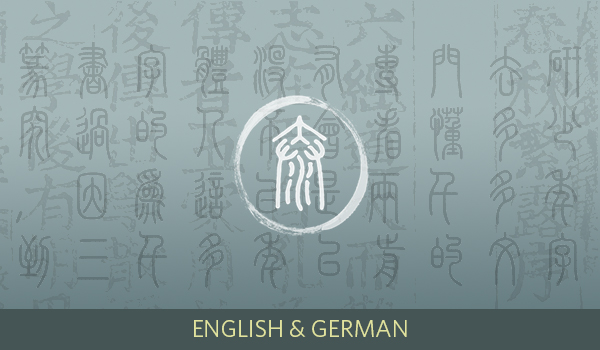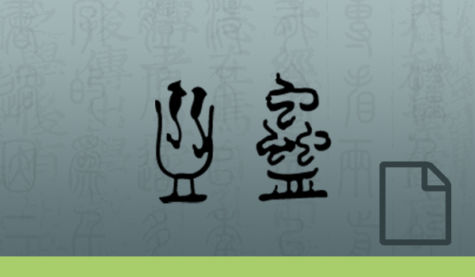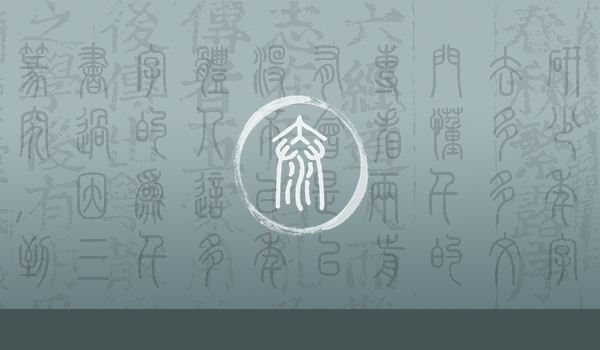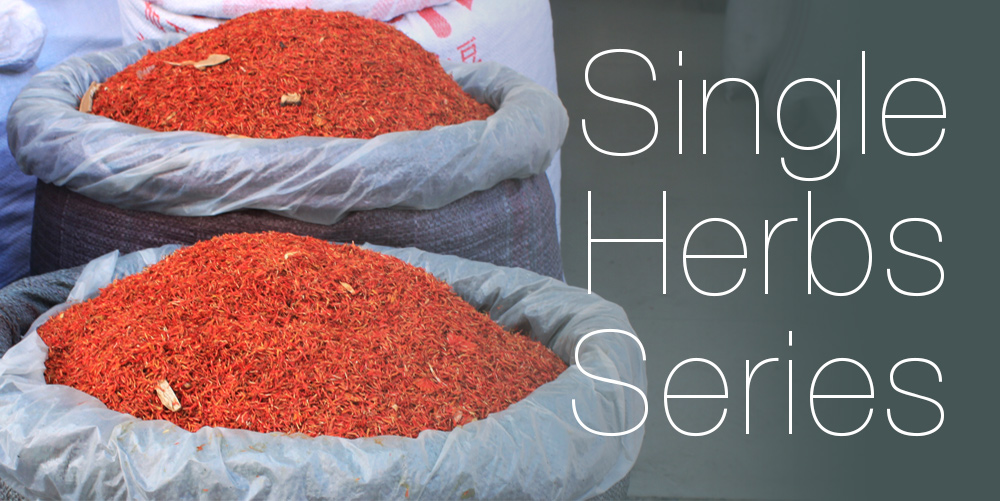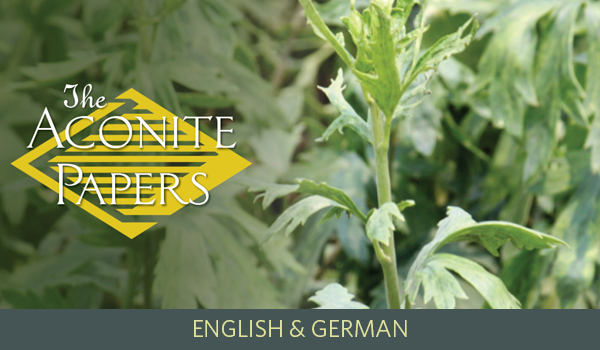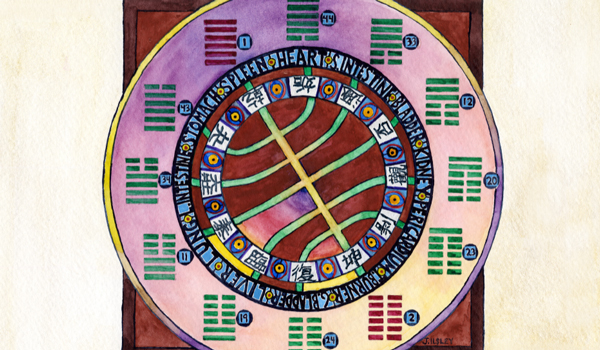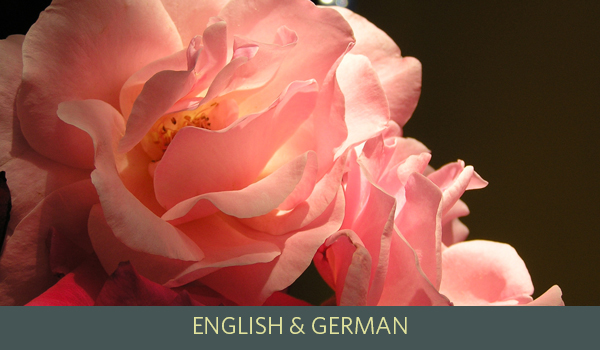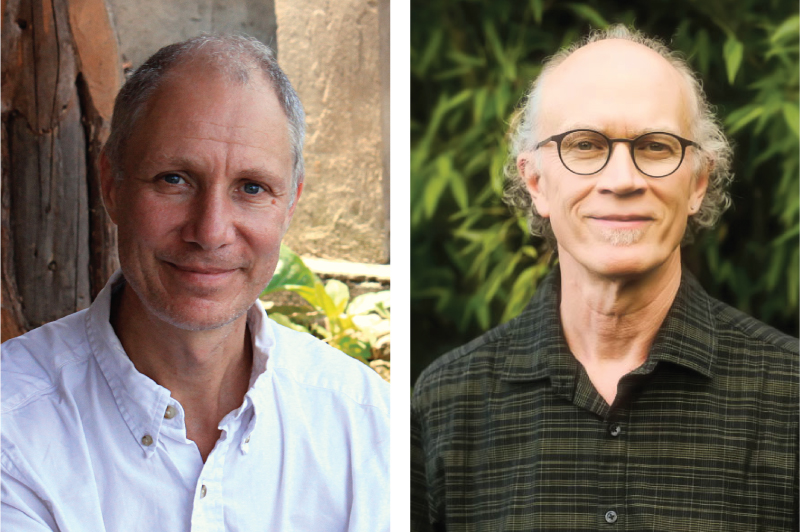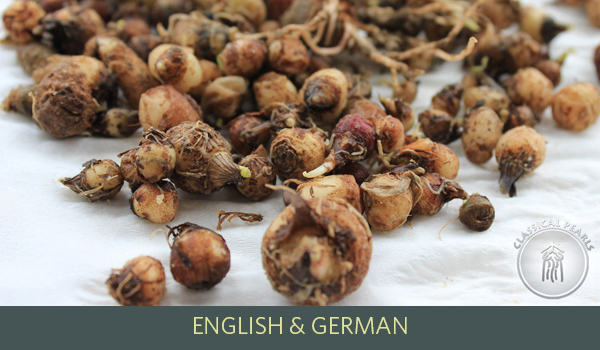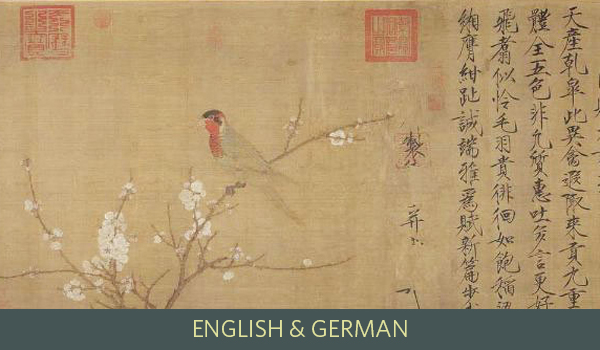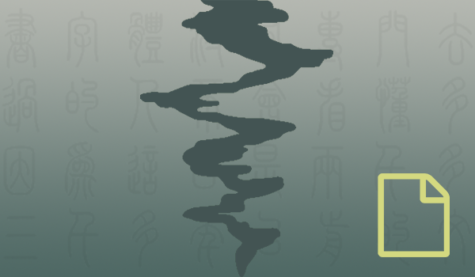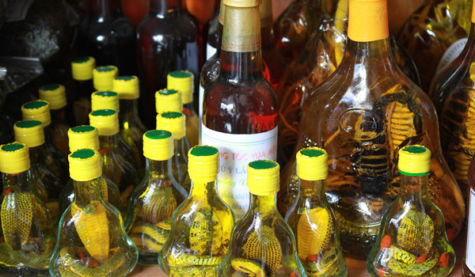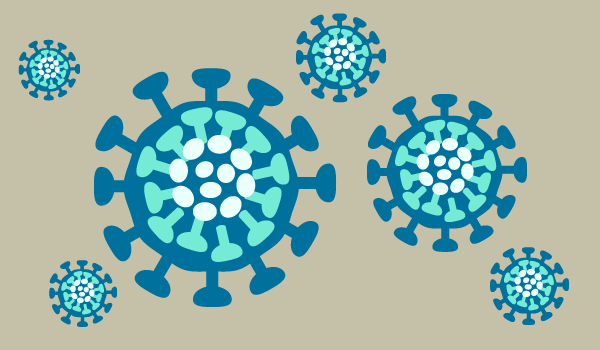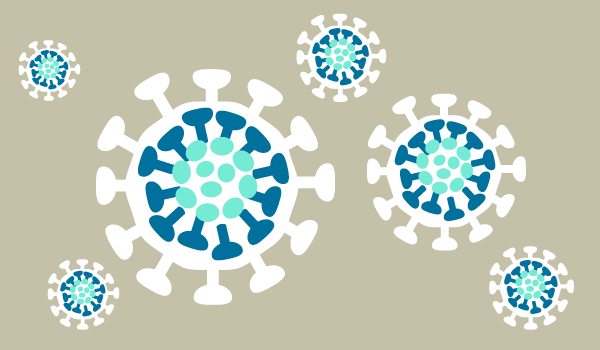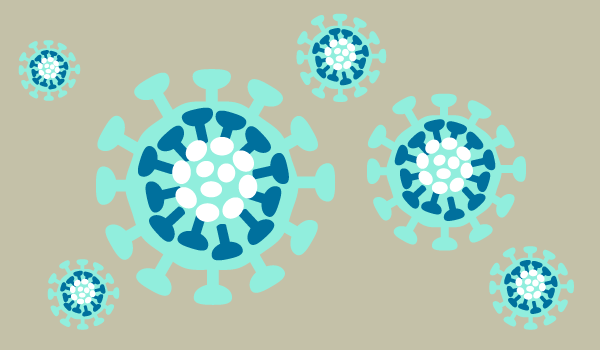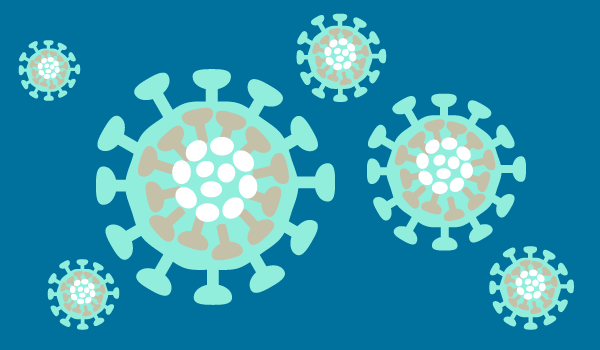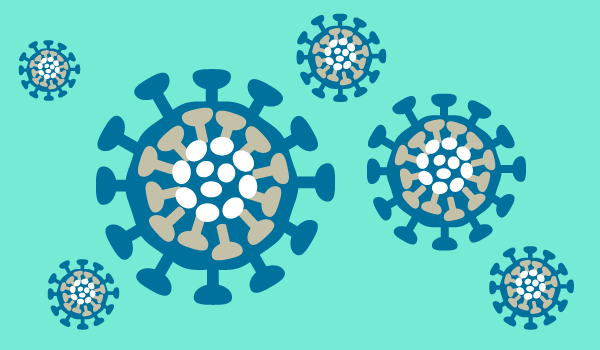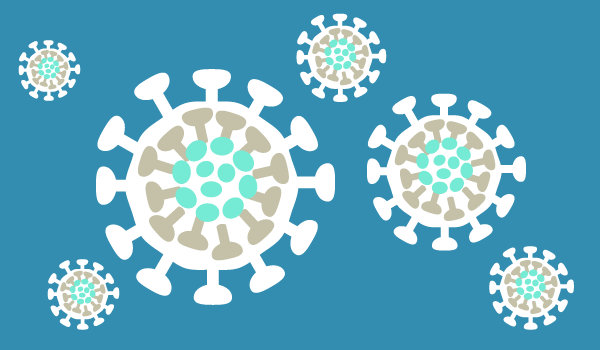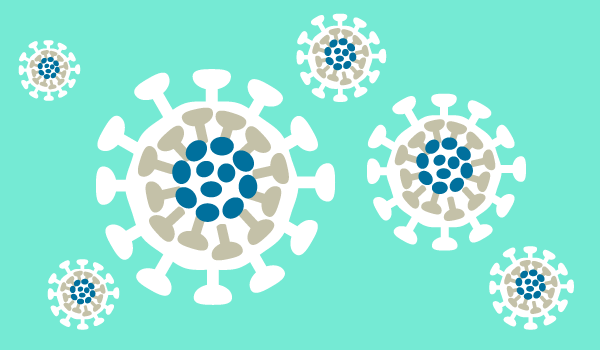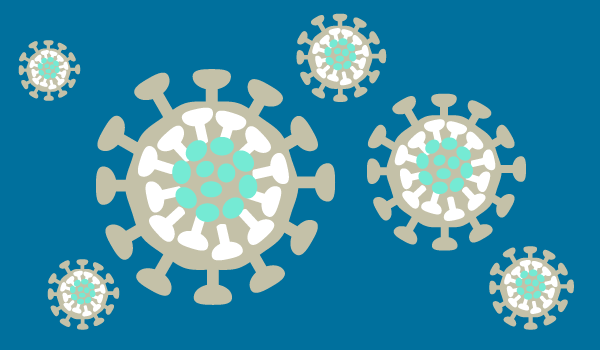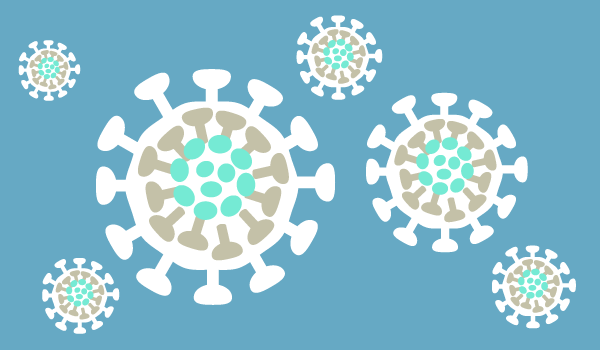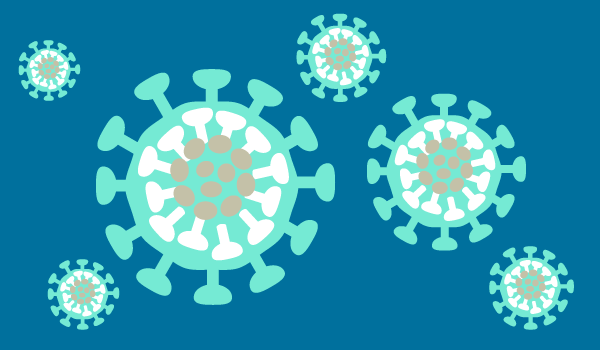Clinical Information
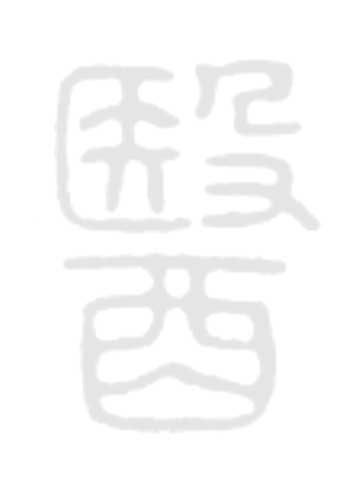 It is an integral part of the beauty and the genius of Classical Chinese Medicine that its significance exceeds the realm of the purely theoretical. In fact, it is the core assertion of the classical mandate that deep grounding in the mythopoeic, symbol-oriented way of classical thinking will lead to profound clinical results.
It is an integral part of the beauty and the genius of Classical Chinese Medicine that its significance exceeds the realm of the purely theoretical. In fact, it is the core assertion of the classical mandate that deep grounding in the mythopoeic, symbol-oriented way of classical thinking will lead to profound clinical results.
Now as ever, classical standards of quality, depth, and breadth are needed if a practitioner wishes to advance beyond the present state of Chinese medicine, which primarily has come to be defined as a modality limited to the treatment of body pain and sports injuries. The classical model of diagnostic insight can provide keys to treatment approaches for a wide variety of serious and chronic diseases that afflict the world today, including many recalcitrant disorders and “mystery syndromes” that cannot be satisfactorily resolved by modern medicine.
This section contains a sampling of articles and case studies that demonstrate the clinical efficacy of the broadly defined classical approach to healing in a modern setting.
COLLECTION
Gu Syndrome
(Chronic Parasitism and Inflammatory Conditions)
HEINER FRUEHAUF
National University of Natural Medicine, College of Classical Chinese Medicine
A close examination of original texts illuminates the mysterious concept of Gu syndrome as a valid clinical approach that may potentially provide an answer to the many invisible ‘demons’ that plague patients in a modem age, namely systemic funguses, parasites, viruses and other hidden pathogens. This series presents a variety resources and information based on over 25 years of scholarship and clinical work of Heiner Fruehauf.
WITH HEINER FRUEHAUF
INTERVIEW BY SCOTT FORSGREN
In a wide-ranging interview with health writer Scott Forsgren, Heiner outlines the unique relevance of anti-Gu treatment strategies for many modern mystery afflictions such as Lyme disease, fibromyalgia and chronic fatigue disorder. He shares practical advice based on his own clinical experience with inflammatory disorders that involve chronic overwhelm of the immune system by multiple layers of inflammatory pathogens like viruses, spirochetes, fungi and a variety of recalcitrant biofilms. Heiner points, out, moreover, that ancient Gu Syndrome treatment approaches may even contain potential lessons for the treatment of COVID-19.
WITH HEINER FRUEHAUF
INTERVIEW BY REGINA WEICHART
Chinese medicine continues to be an extremely relevant clinical modality in modern times, in part because an increasing array of chronic disorders with autoimmune implications remain unrecognized, unexplained and unresolved by the parameters of western medicine. In this interview, Heiner Fruehauf explains the unique benefits and potential advantages of the Chinese medicine approach to patients and practitioners working with Lyme Disease, Fibromyalgia, and Chronic Fatigue Syndrome.
BY HEINER FRUEHAUF
GERMAN TRANSLATION BY MARKUS GOEKE
This presentation is an attempt to participate in the process of ‘medical archaeology’ by exploring one of the submerged areas of Oriental medicine, namely the complex and variegated clinical approach to the diagnosis and treatment of Gu syndrome (gu zheng). A review of the modern research literature shows that this topic has remained virtually unexplored in both China and the West. Although there are too many classical references to entirely ignore the phenomenon of Gu syndrome, mainland Chinese scholars generally dismiss it as an “ancient, feudalist and superstitious” belief in demons and exorcist practices that has little or no value in modern clinical practice.
WITH HEINER FRUEHAUF
INTERVIEW BY BOB QUINN,
WITH ERIN MORELAND
In the spring of 2011 Heiner Fruehauf, PhD, LAc sat down with his student and colleague, Bob Quinn, DAOM, LAc to discuss the finer points of “Brain Gu” syndrome, specifically as it pertains to the treatment of Lyme Disease. This discussion is best understood as a follow-up to and elaboration of the ideas presented in Heiner and Quinn’s earlier interview about Gu syndrome published in the fall of 2008 and available in the public part of this website.
WITH HEINER FRUEHAUF
INTERVIEW BY BOB QUINN,
WITH ERIN MORELAND
GERMAN TRANSLATION BY SEPP LEEB
In the autumn of 2008 Heiner Fruehauf, PhD, LAc, sat down with two of his students, Bob Quinn, DAOM, LAc and Erin Moreland, LAc, to discuss the finer points of Gu syndrome treatment. This discussion is best understood as a follow-up to and elaboration of the ideas presented in Heiner’s earlier article on Gu syndrome published in the 1998 May issue of The Journal of Chinese Medicine.
BY HEINER FRUEHAUF
GERMAN TRANSLATION BY MARKUS GOEKE
Heiner Fruehauf has researched the ancient symbolism that defines the finer points of Chinese organ network function for 10 years. His prolific research project will eventually culminate in the creation of an illustrated compendium on the macrocosmic and microcosmic ramifications of organ network theory. Since the publication of this effort is still years away, he has decided to make a selection from his cache of existing research papers available now by publishing them on ClassicalChineseMedicine.org. The first installment of these papers consists of a detailed etymological analysis of the character of fei 肺 (lung), and the defining statement on the lung’s function/office in chapter 8 of the Huangdi neijing suwen.
BY HEINER FRUEHAUF
GERMAN TRANSLATION BY MARKUS GOEKE
This from a series of transcripts of video lectures from ClassicalPearls.org, the site for herbal formulas based on over thirty years of clinical and academic research by Prof. Heiner Fruehauf. Thunder Pearls Chinese herbal formula is a unique remedy for the important clinical phenomenon of “Abdominal Gu Syndrome”: difficult and treatment resistant diseases caused by chronic, often undiagnosable parasitic infections of the digestive system. This formulation, as Dr. Fruehauf presents, is sourced from ancient Daoist medicine texts and personally proven many times in modern clinical practice.This statement has not been evaluated by the FDA.
REPRINTED WITH PERMISSION FROM CLASSICAL PEARLS HERBAL FORMULAS
WITH HEINER FRUEHAUF
INTERVIEW BY GORDANA SMITH
After his prolific trip to China in the summer of 2014 to discover new sources of herbs, Heiner Fruehauf has returned with a refresh body of knowledge, that when synthesized with his over 30 years of clinical experience in Chinese medicine, offers greater insight into his body of work about Gu Syndrome (chronic parasitism) and treating complex autoimmune disorders with Chinese medicine.
PRESENTED BY HEINER FRUEHAUF
LECTURE TRANSCRIPT
I am happy to report consistent feedback from practitioners around the world reflecting that the very first remedies of the Classical Pearls series are making a real clinical impact. Thunder Pearls and Lightning Pearls, the Classical Pearls formulas with the enigmatic black label are meeting the goal that was set for them when they were first created: to fill a conceptual and clinical void for the treatment of chronic inflammatory diseases that induce great physical and emotional suffering, yet which often remain undiagnosed, hidden in the dark and out of therapeutic reach for most Western medicine and TCM practitioners.
SERIES
Single Herb Series
HEINER FRUEHAUF
National University of Natural Medicine, College of Classical Chinese Medicine
Heiner Fruehauf’s prolific research trip to China and Vietnam in the summer of 2014 to source high quality, potent, directly-traded Chinese herbs from small family farms provided a significant amount of material and information about didao yocai and paozhi – terroir and traditional preparation methods, respectively. As a result, he brings you some of that knowledge in this series, information that is quickly being lost to the ages.
COLLECTION
The Aconite Papers
HEINER FRUEHAUF
National University of Natural Medicine, College of Classical Chinese Medicine
This series includes interviews with Heiner Fruehauf about his use and sourcing of fuzi in China, as well as articles that have been painstakingly translated from classical sources that are several hundred years old. Ancient Chinese physicians used to have a very intimate relationship to the materia medica, and their descriptions of herbs tend to be much more personal than modern textbook entries. This installment of the Aconite Papers tries to transmit this flavor. Heiner Fruehauf translates from the work of two eminent Ming dynasty scholar physicians who expressed their strong concerns about aconite as a misunderstood and underused medicine 400 years ago.
There are a number of additional articles and installments in the Members Area of this website.
BY HEINER FRUEHAUF
GERMAN TRANSLATION BY MARKUS GOEKE
In this paper, a seasoned practitioner of classical Chinese herbalism explains how one of the most important herbs in the Chinese materia medica can be used, once properly grown and processed, without the side effects associated with the toxic alkaloid aconitine. Heiner Fruehauf summarizes some of the dramatic lore surrounding the use of the herb aconite (Fuzi) in East and West, while exploring how Chinese medicine practitioners can utilize the herb safely in modern times to treat a wide range of medical conditions.
BY ZHANG JINGYUE (1583-1640)
TRANSLATED BY HEINER FRUEHAUF
GERMAN TRANSLATION BY MARKUS GOEKE
The flavor of Fuzi is pungent and sweet, and becomes extremely salty if immersed in brine. Its qi is very hot. This herb, therefore, carries within the energy of yang within yang. It is described as toxic. Its (toxic) effect is controlled by Renshen (ginseng), Huangqi (astragalus), Gancao (licorice), Heidou (black beans), Lüxijiao (green rhinozerus horn), Tongbian (human urine), Wujiu (Herba Stenolomae), and Fangfeng (siler).
BY ZHANG ZHICONG (1610-1674)
TRANSLATED BY HEINER FRUEHAUF
GERMAN TRANSLATION BY MARKUS GOEKE
The flavor of Fuzi is pungent, its qi is warm, and it is extremely toxic. It treats wind cold pathogens that induce coughing and other counterflow issues, wind damp arthritis causing wandering pain and constriction, and knee pain with inability to walk. It breaks up tumors and masses, and heals blood accumulations as well as wounds caused by metal objects. The best Fuzi is produced in Mianzhou in the region of Shu.
BY YANG TIANHUI (Song Dynasty, 1039 CE)
TRANSLATED BY HEINER FRUEHAUF
The following text represents the most detailed pre-modern description of the traditional cultivation of medicinal aconite in China. It was written more than 900 years ago by a Sichuanese official in charge of Zhangming County. Zhangming is situated in the location of today’s Jiangyou County, epicenter of the recent Sichuan earthquake, which has been identified by all ancient materia medica experts as the only place where genuine Chinese aconite should be sourced from.
GERMAN TRANSLATION BY MARKUS GOEKE
WITH HEINER FRUEHAUF
INTERVIEW BY BOB QUINN
GERMAN TRANSLATION BY MARKUS GOEKE
On February 19, 2009 Heiner Fruehauf, PhD, LAc, sat down with his colleague Bob Quinn, DAOM, LAc, to discuss the importance of aconite (fuzi) in classical Chinese medicine. The discussion also covers aspects of the fuzi story not covered elsewhere in the west, namely its proper processing. Heiner also touches on some of the “nuts and bolts” of the Sichuan Fire Spirit School of herbal prescribing. As Heiner explains, fuzi used to be referred to as the “King of the 100 Herbs.” This information is crucial to understanding the scholarship and clinical power behind formulas that contain aconite.
COLLECTION
Assorted Topics
VARIOUS AUTHORS
National University of Natural Medicine, College of Classical Chinese Medicine
WITH BOB QUINN
INTERVIEW BY SUSANNE ERÇETIN
IN GERMAN
In this lively interview, Bob Quinn and Susanne Erçetin explore Japanese meridian therapy, non-insertive treatment techniques, history, and application using the teishin. Technique demonstrations and instructions included in this article.
WITH HEINER FRUEHAUF
INTERVIEW BY BOB QUINN
One question students and practitioners of Chinese medicine frequently ask Heiner Fruehauf, "How does one translate the symbolism and cosmology inherent in classical Chinese medicine into a modern clinical practice?" This article is a recent dialogue between Heiner and his colleague Bob Quinn where they discuss the role of ancient cosmology, symbolism and dreams in the context of clinical diagnosis and treatment. (August 2022)
BY HEINER FRUEHAUF
National University of Natural Medicine,
College of Classical Chinese Medicine
Most modern clinicians find that a majority of their patients suffer from the symptom complex generally referred to as “stress.” Emotional stress, however, is usually regarded as a confounding rather than a causative factor in pathophysiology. This assessment is contrary to the tenets of classical Chinese medicine, which originally regarded emotional imbalance as a spiritual affliction of primary significance. While ancient Chinese philosophy considered emotional sensibility as our greatest asset in the process of fulfilling human destiny, it also regarded human temperaments as our greatest liability due to vast pathogenetic potential.
WITH HEINER FRUEHAUF
INTERVIEW BY BOB QUINN
Heiner Fruehauf sat down recently with his long-time student and colleague at National University of Natural Medicine, Bob Quinn, to discuss ascending and descending functions in the body. While on the surface a seemingly simple topic, it is in reality crucial to understand the up-down movement dynamic if one is to practice herbal medicine effectively.
BY SUBHUTI DHARMANDANDA
AND HEINER FRUEHAUF
In the Western hemisphere, the gingko tree has long been a symbol for the exotic atmospheres of East Asia. More recently, German researchers have tapped into the memory enhancing effect of the gingko leaf, triggering an avalanche of books and articles on the medicinal properties of the gingko. As the Western public becomes increasingly exposed to various gingko products, I would like to take the opportunity and reflect on the rich cultural lore and early medicinal usage that characterize this plant in its country of origin, China.
BY HEINER FRUEHAUF
National University of Natural Medicine,
College of Classical Chinese Medicine
Most modern clinicians find that a majority of their patients suffer from the symptom complex generally referred to as “stress.” Emotional stress, however, is usually regarded as a confounding rather than a causative factor in pathophysiology. This assessment is contrary to the tenets of classical Chinese medicine, which originally regarded emotional imbalance as a spiritual affliction of primary significance. While ancient Chinese philosophy considered emotional sensibility as our greatest asset in the process of fulfilling human destiny, it also regarded human temperaments as our greatest liability due to vast pathogenetic potential.
BY WU SHENG'AN (Xi'an Master Folk Physician)
INTERPRETED AND TRANSLATED
BY HEINER FRUEHAUF
It has been the declared purpose of ClassicalChineseMedicine.org to rediscover and preserve some of the diverse classical and folk medicine practices that have been neglected in standardized TCM teaching in both China and the West. One of the clinical gems we discovered during the last 3 years is the unique clinical system of Dr. Wu Sheng’an from Xi’an, who is a 6th generation disciple of the Qing dynasty scholar physician Huang Yuanyu (1704-1758), more often referred to by his nickname Huang Kunzai (Huang Who Stabilizes Like the Earth, a reference to the spleen/stomach focused approach by this influential doctor).
GERMAN TRANSLATION BY ALEXANDER SIMON
BY HEINER FRUEHAUF
GERMAN TRANSLATION BY MARKUS GOEKE
Gancao Xiexin Tang was first recorded by the Han physician Zhang Zhongjing about 1,800 years ago. Both Shanghan lun and Jingui yaolüe, the now separated parts of his classic guidebook on herbal formulas (Shanghan zabing lun), cite this particular formula. In modern times, this formula is usually regarded as a variation of the widely used Pinellia Purge the Heart Decoction (Banxia Xiexin Tang) and thus most often prescribed as a remedy for Banxia Xiexin Tang symptom complex (discomfort in stomach area, belching, diarrhea). This is precisely the usage suggested for this remedy in the Shanghai lan, where Gancao Xiexin Tang and Shengjiang Xiexin Tang are listed as variations of the standard Banxia Xiexin Tang.
BY HEINER FRUEHAUF
We are excited to present an informative learning tool and clinical resource — a chart that aligns the remedies in the Classical Pearls Herbal Formulas™ family around the cosmological holomap of the Chinese organ networks that Heiner Fruehauf so often teaches about and has spent over 25 years researching. This chart is primarily to show, at one glance, where the constitutional home of each of each remedy is. The chart includes a short description of how the remedy functions with regard to Chinese medical physiology.
BY HEINER FRUEHAUF
Chronic renal failure marks the most severe of the potential end stages of chronic kidney infection and other systemic diseases involving the kidneys, such as diabetes. Patients with renal failure essentially suffer a near complete collapse of kidney function and become internally poisoned by nitrogenous compounds as a result. If kidney function is not restored, which in chronic cases is virtually impossible with modern medical treatments, or if the body's toxic load cannot be expelled by other means, this condition is severe and usually quickly leads to death. Since the advent of the modern medical procedures of kidney dialysis and kidney transplants, chronic renal failure has lost much of the immediacy of its life threatening quality. For most dialysis and transplant patients, however, the quality of life remains low.
BY HEINER FRUEHAUF
Just like other traditional cultures, the Chinese have always attached a great deal of importance to the occurrence as well as the contents of dreams. In general, ancient Taoist thinkers believed that the healthy and balanced person should sleep undisturbed and not have any dreams at all, since they are always an indication of intemperate meandering by the ethereal soul (hun). The Inner Canon (Neijing) had outlined that the body’s qi primarily circulates on the body surface during the day, then circulates within the body’s interior during the night. If this normal rhythm is disturbed, sleep disorders such as insomnia, narcolepsy, or nightmares may occur.
BY HEINER FRUEHAUF
Japanese Kanpo (“Chinese modalities”) medicine has in many ways distinguished itself as an independent school of Oriental medical practice. Although Kanpo practitioners generally derive their inspiration from the Chinese classics, they have developed their own set of diagnostic procedures, therapeutic methods, and medical theories, certain aspects of which vary quite drastically from standard approaches adopted by their colleagues in modern China. To dismiss the Japanese system as an unorthodox branch of Chinese medicine, however, would belittle the age-old Japanese practice of “creative imitation” as baseless esotericism, and miss important aspects of classical Chinese theory that have been preserved and illuminated by the Japanese approach.
BY HEINER FRUEHAUF
The concept of an inseparable body mind continuum is one of the main characteristics of Eastern thought. In classical Chinese medicine, therefore, bodymind continuum mental activity has always been considered to be inseparable from bodily functions, and mental diseases were generally not treated differently from any other disorder. The Chinese term 'yuzheng' (depression), for instance, refers to stagnation on both a physical and mental plane, and is usually addressed with the same diagnostic and therapeutic means as diseases that would be considered to have entirely physi cal origins in the West.
BY HEINER FRUEHAUF
In the Chinese medical tradition, deliberations about the origins and treatment of stroke related conditions span over more than two millennia. Since the condition has traditionally been considered to be one of the "four major problems in internal medicine" (neike si dabing), stroke chapters occupy a prominent place in virtually all of the works that make up the defining body of traditional Chinese medicine.Beginning with the Huangdi Neijing (Inner Canon of the Yellow Emperor), a variety of stroke symptoms were described in great detail, but there was at that time no single label or category which established a concise Chinese term for the condition.
BY VARIOUS AUTHORS
TRANSLATED BY HEINER FRUEHAUF
Prior to the process of treating disease, the sage (superior doctor) must be able to distinguish the Yin and Yang of Heaven and Earth. S/he must know the rhythmic flow of the four seasons and the intricate relationships between the five organ networks and the six bowel systems. S/he must be able to distinguish the Yin/Yang and exterior/interior quality of the meridians, and know what kind of diseases to treat with acupuncture, what kind with moxibustion, and what kind with herbs. S/he must understand the relationship between health and social interaction, master the standard procedure of diagnosis and treatment, and discern the constitutional differences in rich and poor people.
FROM INNER CANON OF THE YELLOW EMPEROR (NEIJING SUWEN, CHAPTER 77: "ANALYZING THE FIVE MISTAKES IN DIAGNOSIS" (FL. 200 B.C.
